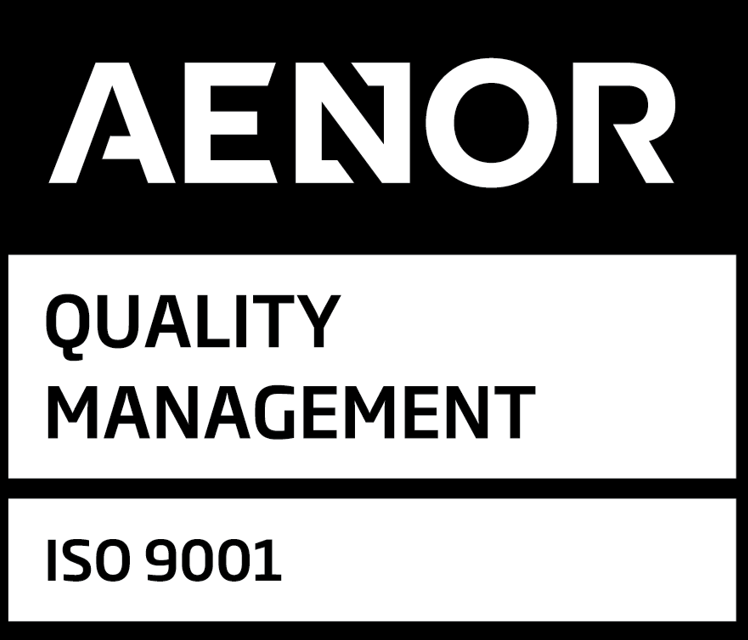Expert panels on medical devices and in vitro diagnostic devices (Expamed)
What this post covers
This article explains and contextualizes a Clinical Evaluation Consultation Procedure (CECP) opinion issued by the EU Expert Panels (Expamed) on October 2022. We’re not republishing the scientific opinion; instead, we summarize what the panel concluded, why CECP matters for Class III and other high-risk devices, and what practical actions manufacturers and notified bodies (NBs) should consider. Our case study is the publicly available CECP opinion concerning a Class III implant used for reinforcement of abdominal soft tissue in ventral and hiatal hernia repair. We highlight how panels judge the sufficiency of clinical evidence, how benefit–risk is weighed, and how PMCF commitments—including registry follow-up—are used to address residual uncertainty. For the official documents, see the Commission’s expert-panel portal, the master list of CECP opinions, and the PDF of the specific opinion discussed here.
CECP in a nutshell
Under MDR Article 54 and Annex IX, Section 5.1, certain high-risk devices undergo an additional, independent check of the Clinical Evaluation Assessment Report (CEAR) performed by the NB. The expert panel issues a scientific opinion that the NB must consider—especially if the panel finds the level of clinical evidence insufficient or raises concerns about benefit–risk, alignment of evidence with intended purpose and indications, or adequacy of the post-market clinical follow-up (PMCF) plan. If the NB does not adopt the panel’s advice, Annex IX, 5.1(g) requires the NB to justify that decision in its conformity-assessment report.
Scope of the October 2022 opinion
The consultation related to a fully resorbable mesh with a resorbable hydrogel coating, indicated for reinforcement of abdominal soft tissue in ventral and hiatal hernia repair, assessed within the competence area of General and plastic surgery and dentistry (BSI NB 2797; file CECP-2022-000227). These administrative and device-scope details are recorded in the published opinion and its Commission news entry.
What the expert panel decided
The panel concurred with the NB on the appropriateness and sufficiency of the manufacturer’s clinical data and agreed with the NB’s benefit–risk assessment. The opinion notes publication of a new multicentre study adding 84 patients with 24-month follow-up to the dataset and reports no indication of higher recurrence or complication rates compared with established routine techniques. At the same time, the panel emphasized that sample sizes across trials and registries were relatively small and follow-up relatively short, supporting the need for longer-term data.
PMCF expectations and real-world data
The PMCF Plan was considered acceptable. It calls for further clinical-data collection to identify long-term adverse effects, including those related to device–tissue interaction, and for tracking in two quality registries—HerniaMed and ACHQC—to expand the evidence base over the device’s expected lifetime. The panel’s stance illustrates how CECP leverages real-world registries to complement trials and literature when total exposure and follow-up duration are still maturing.
What manufacturers should take from this
- Think “totality of evidence.” CECP panels look at the sum of literature, clinical investigations, registries, and the PMCF plan. Smaller cohorts and shorter follow-up aren’t automatic blockers if a credible plan exists to close gaps post-certification, but the plan must be specific about endpoints, timelines, and data sources. For reference, the Commission’s “List of opinions provided under the CECP” shows multiple cases in which panels flagged evidence sufficiency, intended-purpose alignment, or PMCF robustness.
- Align intended purpose, indications, and SSCP. Panels will check whether the intended purpose/indications match the evidence presented and whether claims are mirrored in the SSCP and labeling. Divergences often lead to scope restrictions, targeted PMCF, or time-limited certificates. The Commission’s Expert Panels hub outlines the panels’ remit and how their opinions integrate into NB assessments.
- Prepare for “justify if you diverge.” If your NB does not fully adopt the panel’s advice, it must justify why in its report (Annex IX, 5.1(g)). Anticipate this by designing evidence and PMCF strategies that are straightforward to adopt—e.g., leveraging recognized registries and clearly defining success metrics and risk signals.
Why this opinion matters beyond hernia repair
Although device-specific, the October 24, 2022 case neatly shows how CECP functions as a calibrated check on high-risk devices: validate benefit–risk for the intended purpose, acknowledge dataset limits, and enforce structured PMCF to address residual uncertainty. For sponsors approaching CECP, this is a model of how to present fit-for-purpose clinical evaluation, align claims with evidence, and build PMCF that uses registries and longer-term outcomes to demonstrate continued performance and safety.
See the official CECP opinion (PDF) and the Commission’s news entry for the canonical record.







